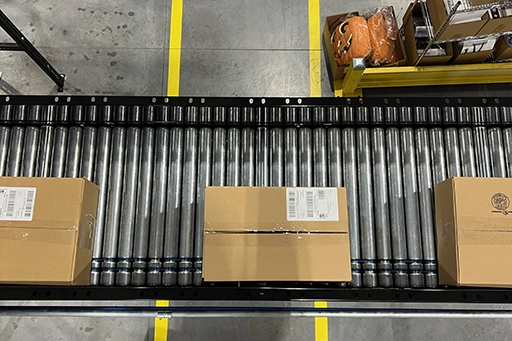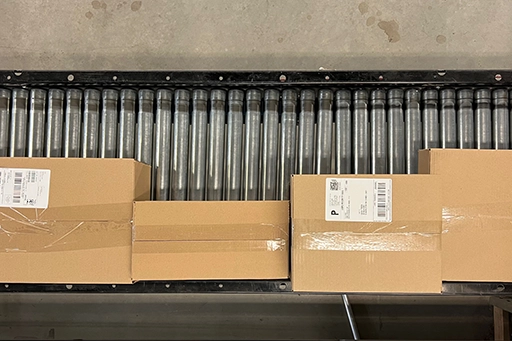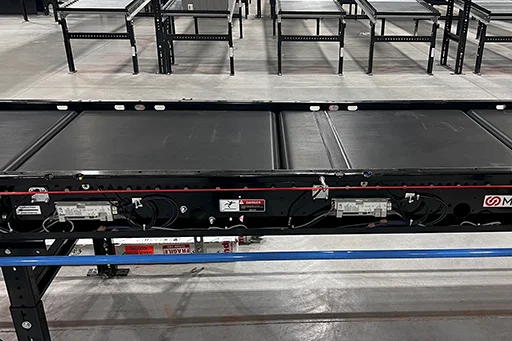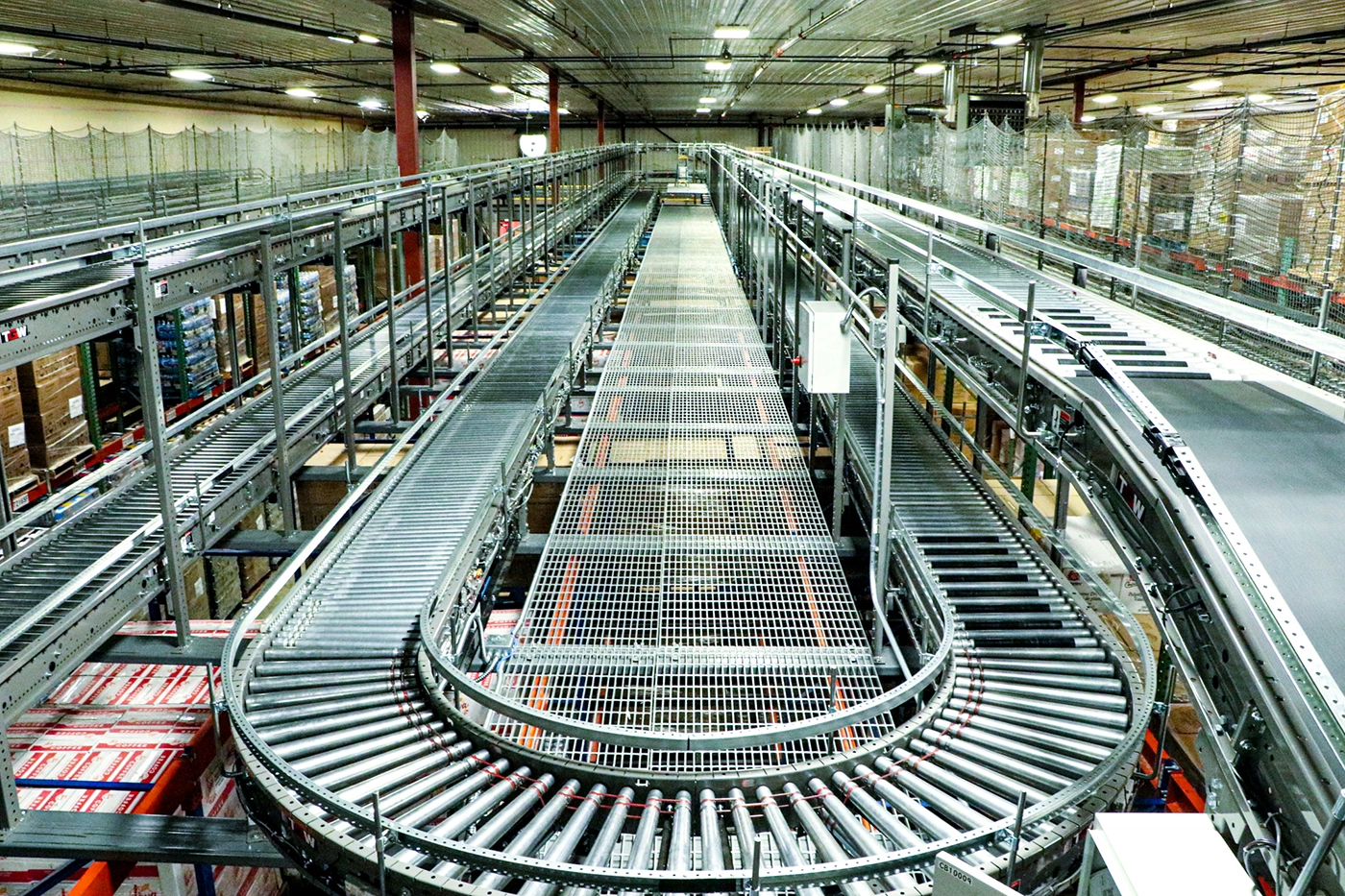Accumulation Conveyor Systems Overview
What is an accumulation conveyor? Accumulation conveyors are commonly used in industries such as e-commerce, distribution, and logistics. They are designed to temporarily halt or slow down the movement of items on a conveyor line, allowing for the controlled collection of products before they continue downstream.
This type of accumulating conveyor system is especially useful in applications where products need time for quality control, labeling, sorting, or packaging. They help prevent bottlenecks in production lines and ensure that products move through the system at a controlled pace, reducing the risk of damage or jams.






